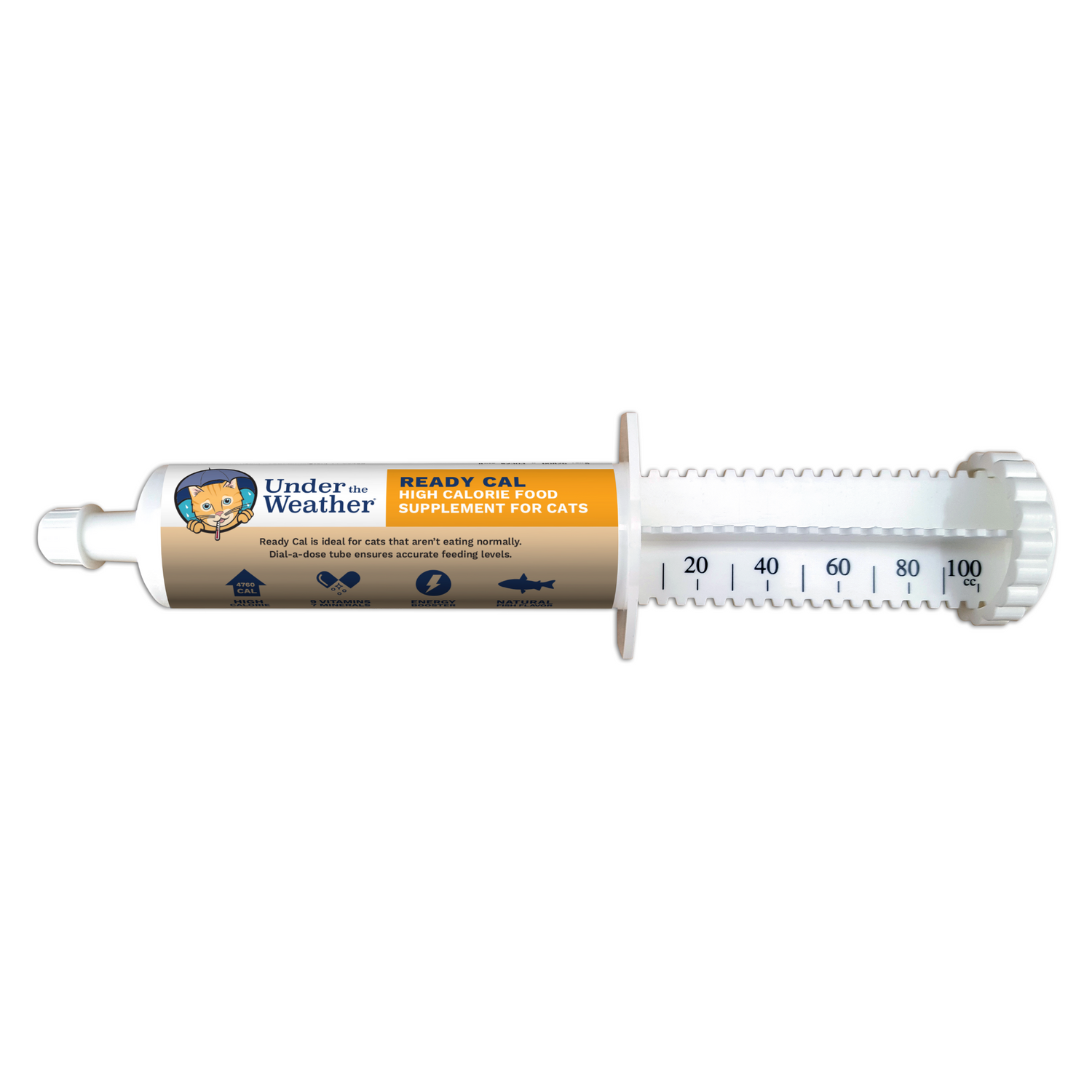It’s that time of year again! If you have a dog, or a cat that spends time outdoors, you are most certainly familiar with ticks. Although you may see the occasional tick in the winter months, it’s spring time when they really come out in full force. Interestingly, cats do not seem to be affected by tick borne illnesses the way dogs are. However, they can still bring ticks into your house, posing a risk for both dogs and people.
Types of Ticks and Tick Diseases in Pets & People
The two most common types of ticks are the American Dog Tick, and the Deer Tick. Because it can carry Lyme disease, the Deer Tick is considered the most dangerous.
Lyme is a serious disease that can be harmful to both pets and people.
If caught early enough, acute Lyme can usually be successfully treated with antibiotics.
Most veterinarians agree that antibiotics are very effective in preventing serious illness from developing. But when left untreated, Lyme disease can potentially lead to more serious health issues for both humans and pets. This condition is often referred to as, “Chronic Lyme Disease” and it can cause debilitating health issues.
Although dogs can have Lyme disease without any indication of illness, if symptoms do develop, the most common ones are lameness, lethargy, painful joints, loss of appetite, and fever. It’s extremely important to contact your vet promptly if you notice any of these symptoms in your dog. Untreated Lyme can put your dog at risk for even more serious health problems, including organ damage, and even death.
How to Check for and Find Ticks on Dogs and Cats
Deer Ticks are much smaller than Dog Ticks and can easily be missed.
- Perform a visual tick check every time you come in from being outdoors, especially in the spring and early summer.
- Pay particular attention to their feet and legs, where ticks are most likely to hitch a ride. Also thoroughly check their face and head. Dogs will typically sniff the ground, another opportunity for a tick to hop on.
- Perform regular checks for any ticks that may be embedded, feeling for any small lumps or bumps. Here you should focus on the neck and head area, including the ears, as this is where ticks prefer to bite.

How to Remove a Tick From Your Dog or Cat
If you find a tick on your dog that is embedded, you need to remove it right away. Ticks can transmit disease in as little as 24 - 36 hours, so removing them immediately is extremely important.
- The easiest option is to use a tick removal tool. They work using a slightly different technique from the standard tweezers, but are more effective at removing the entire tick. They are very affordable, and you can find them at your local vet, pet store, or on Amazon.
- It’s a good idea to place the tick in a jar or a ziplock bag for a few weeks, so if your dog does develop any symptoms, the tick can be tested for potentially harmful bacteria.
- Check to make sure you removed the entire tick. If you suspect the head may still be embedded, this can still lead to infection, so keep a close eye on the area for 2-3 weeks, and consult your veterinarian for advice.
- Treat the area where the tick was removed with an antiseptic/antimicrobial.
- Wash your hands thoroughly and clean your removal tool or tweezers with isopropyl alcohol.
How to Treat Your Pet After Finding a Tick
Once you have safely removed the tick, it’s important to treat the area with an anti-microbial spray to prevent infection.
An anti-microbial is essential for disinfecting the area after a tick has been removed, but it’s also great to have on hand for treating many other skin irritations, including itches and minor wounds.

Our veterinarian formulated Antimicrobial Wound Spray is an easy-to-use topical spray that not only helps kill topical bacteria, ringworm, and viruses, it also reduces inflammation and promotes healing by soothing hot spots, burns, scratches, itchy skin, cuts, as well as a variety of other skin issues. And best of all, it’s PAINLESS!
Protecting Your Pet From Ticks
After spending time outdoors, your first line of defense should be to remove any ticks that may be on your pet. To do this, use a brush, a flea comb, or even a pet roller to remove any ticks before they have a chance to bite. Remember to focus on the legs and belly area, where ticks typically hop on.
Keep the grass around your house short, and remove all leaves and debris. This is especially important if your cat or dog spends any time outside in your yard.
Tick preventative products, such as topical spot treatments, collars, and oral medications are widely available. Some dogs, especially those prone to seizures may have sensitivities to the chemicals and pesticides used in these products, so be sure to talk to your vet before starting these treatments.
For pets that are sensitive to chemicals, look into “pet-safe” yard sprays to help reduce the number of ticks on your property.
There is also a Lyme vaccine for dogs, however, its use remains an ongoing debate among veterinary professionals. Due to lower efficacy, a shorter period of immunization, and a higher risk of adverse reaction, many vets do not recommend it, especially for certain breeds.
If you are considering the Lyme vaccine for your dog, do some research and consult your veterinarian to determine if the vaccine is appropriate.
And even though cats are not considered at high risk for Lyme and other tick-borne illnesses, they can still bring ticks into your house, so it’s still important to do a thorough tick check when they come in from being outdoors.
Products related to this article:
Related Articles:
Every Sale Supports a Shelter Pet. Learn More.
Made in Vermont. Learn More.
If you suspect your pet is sick, call your vet immediately. For health-related questions, always consult your veterinarian, as they have examined your pet, know the pet's health history, and can make the best recommendations for your pet.






